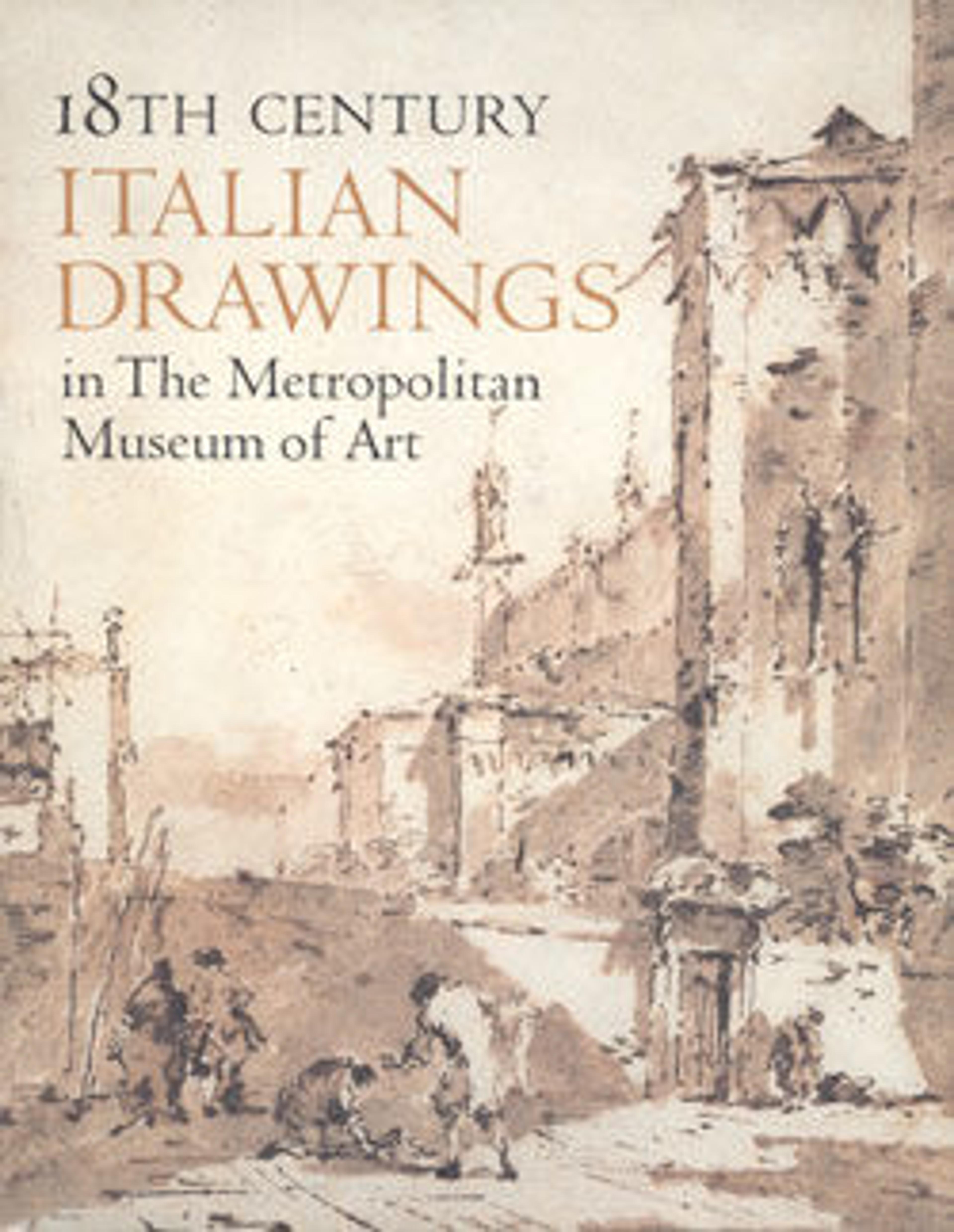Design for a Frieze with Two Women Flanking an Urn
The highly sculptural features of this design are characteristic for some of the drawings by the artist Giuseppe Cades. Active as a painter and sculptor in Italy during the second half of the 18th century, his designs channel both the influence of the Antique and the Renaissance periods. Although this particular design for a frieze has a very monumental quality to it, its intended purpose is unknown. The fact that Cades introduces two variants for the decoration of the side panels indicates that he was still trying out different ideas. The panel on the right with the hybrid female figure in the almond-shaped frame is repeated in a related drawing kept in the Musée Vivenel (Compiègne, France). There it is combined with three similar female figures, portrayed as caryatids. It has been suggested that the two sheets together form part of a project for the decoration of a wall and ceiling, reminiscent of Michelangelo’s Sistine Chapel in the Vatican Palace in Rome. No documentary evidence of such a project has thus far surfaced however and it is unclear whether these designs were ever realized.
Artwork Details
- Title:Design for a Frieze with Two Women Flanking an Urn
- Artist:attributed to Giuseppe Cades (Italian, Rome 1750–1799 Rome)
- Date:ca. 1775–85
- Medium:Pen and brown ink, brush and brown wash, highlighted with white, over traces of black chalk
- Dimensions:13-1/4 x 19-5/16 in. (33.6 x 49.0 cm)
- Classifications:Drawings, Ornament & Architecture
- Credit Line:Rogers Fund, 1962
- Object Number:62.242
- Curatorial Department: Drawings and Prints
More Artwork
Research Resources
The Met provides unparalleled resources for research and welcomes an international community of students and scholars. The Met's Open Access API is where creators and researchers can connect to the The Met collection. Open Access data and public domain images are available for unrestricted commercial and noncommercial use without permission or fee.
To request images under copyright and other restrictions, please use this Image Request form.
Feedback
We continue to research and examine historical and cultural context for objects in The Met collection. If you have comments or questions about this object record, please contact us using the form below. The Museum looks forward to receiving your comments.
